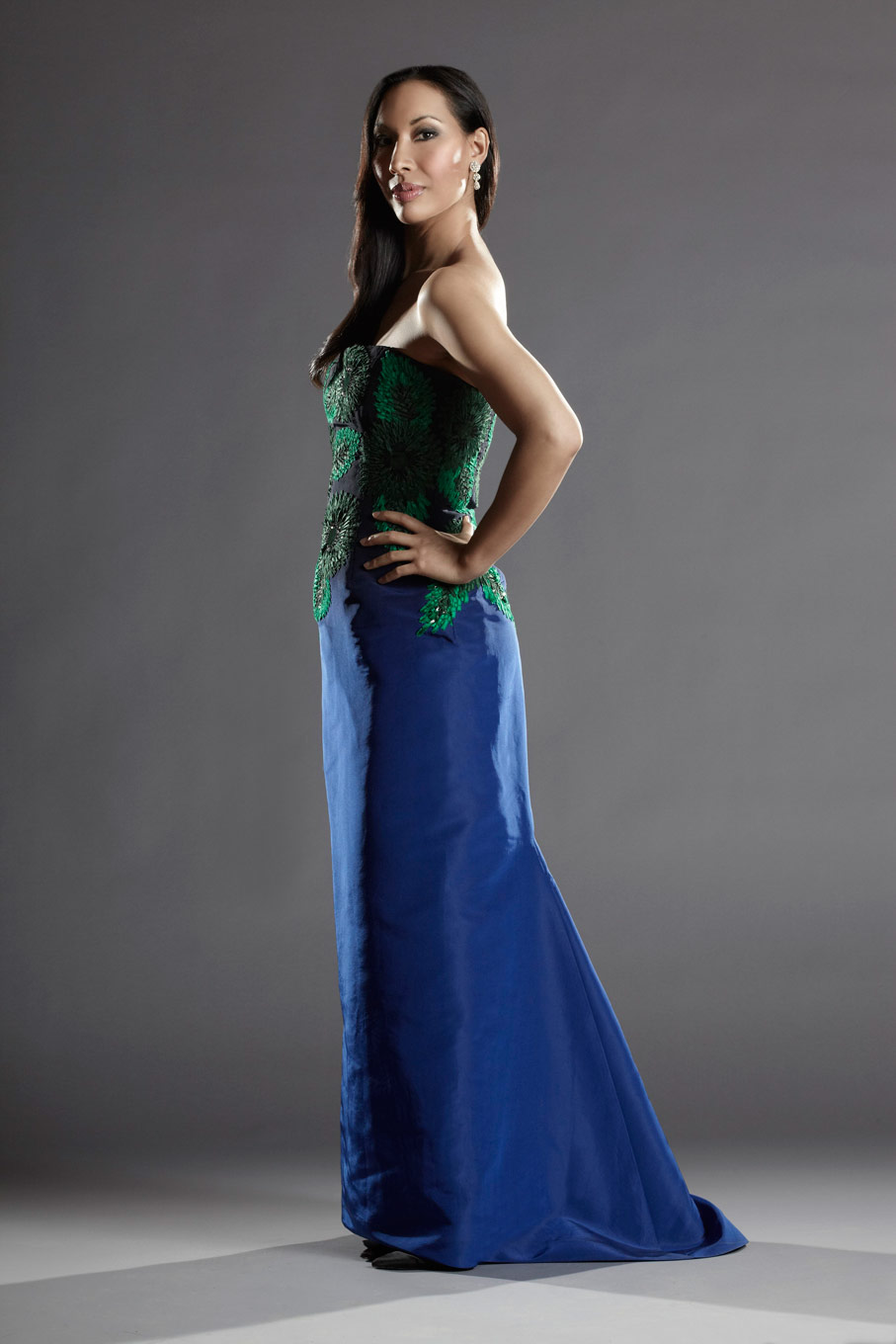
In review: Nashville Symphony's season opener
ReviewRecently, I attended Nashville Symphony’s season opening program at Schermerhorn Symphony Center. The program was: Jubilee: a Tennessee Quilting Party for Orchestra, composed by the hall’s namesake – and the Symphony’s late conductor – Kenneth Schermerhorn, and Mahler’s Symphony No. 2.
Conducted by Giancarlo Guerrero, whose recently signed contract extends him as Music Director of the Nashville Symphony until 2025, the program was a strong one, with a hometown homage in Jubilee, and one of the hits in the Mahler 2. Nicole Cabell, Grammy award winner Michelle DeYoung, and the versatile Nashville Symphony Chorus accompanied the orchestra for the last movements of Mahler 2.
Before that piece began, Maestro Guerrero explained to the audience that Mahler had written a five minute break after the heavy first movement of the work, and that it is rarely observed to the point that it is surprising for some conductors to learn that it is written in the score. He also informed us “Tonight, I am going to observe that indication.”
Well, okay, Maestro. We trust you.
The break was a chance to absorb the first movement – more welcome by some than others – but by the end felt like we got a bonus performance of John Cage’s *4:33*… Maestro Guerrero read his audience well, and ended the break when the group began to get fidgety.
As the piece seems to be section after section oscillating among uncertainty, resolve, panic, and tranquility (hey thanks for that metaphor for life, Mahler) Maestro Guerrero and the performers navigated those variations, where we sometimes see an unintentional clunkiness, with seamless elegance.
Movement four, the aria Urlicht, was expertly sung by Ms. DeYoung, was perhaps my favorite. While the aria is gentle, with limited vocal gymnastics, Ms. DeYoung’s voice sounded like eating hot fudge feels: rich and darkly dreamy, and left me wanting more. It is very clear that Ms. DeYoung sings Mahler often, as she has honed the skill, making it look and sound easy while still exhibiting the vulnerability and shifting emotions ever-present in Mahler’s music.

Lyric soprano Nicole Cabell and the Symphony Chorus joined the orchestra and Ms. DeYoung for the last movement – a section that searches for its identity (it’s all of us!) and produces wall after wall of orchestral and vocal sound. Ms. Cabell’s solid technical performance and effective interpretation were sometimes eaten by the orchestras’ fortissimo, but her glittering high notes rang out clear and sturdy. Hers are what high notes are supposed to sound like. I wonder if Ms. DeYoung – more dramatic in voice – and Ms. Cabell were mismatched in terms of fach, but their collective tone was beautiful.

The evening ended with a standing ovation that went on for at least five minutes and three well-deserved curtain calls – in which I happily participated. If this is indicative of the quality of the rest of Nashville Symphony’s season (it is), Nashville is in for a real treat. Bravi!


Comments